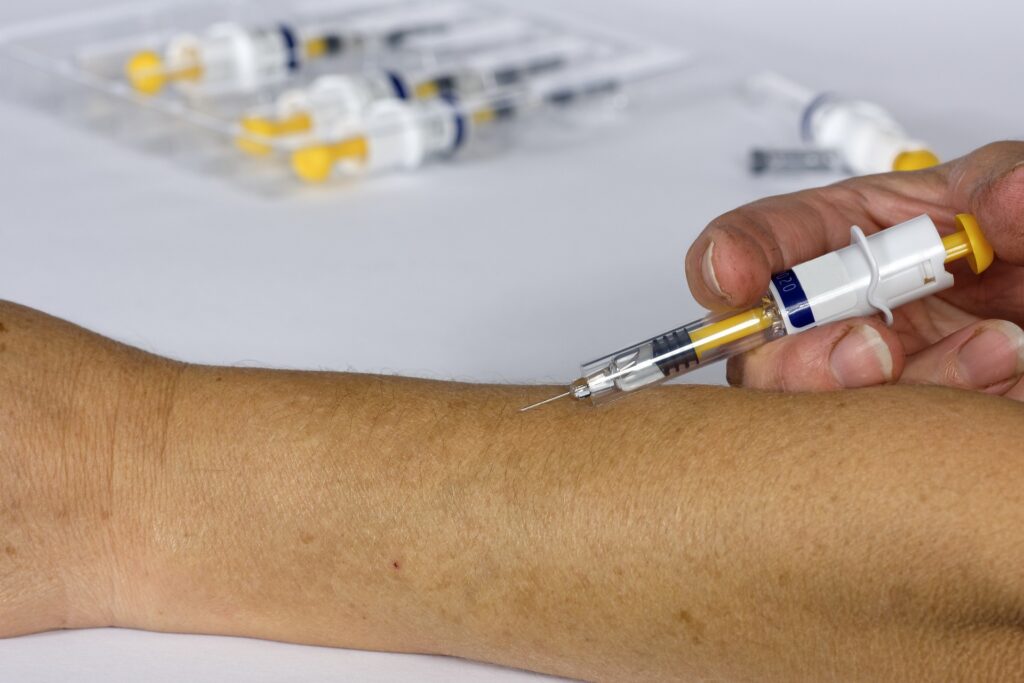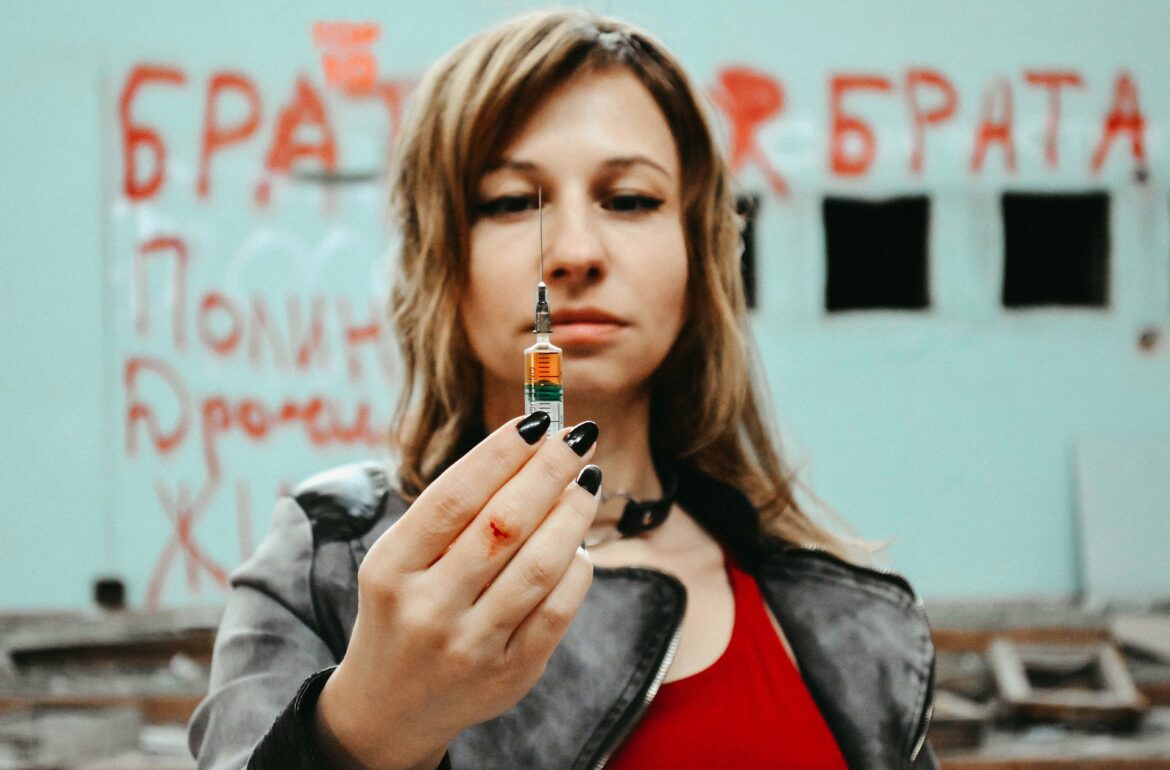American and Estonian researchers asked fentanyl addicts not to assist others in shooting drugs, and it worked.
Everyone agrees that drugs are harmful. Even most addicts themselves wish they had never started this exhausting lifestyle. Constantly looking for money for the next hit, living with the fear of overdose. There is nothing glamorous about this, however drugs are yet to disappear.
New York is now facing a fentanyl epidemic. Fentanyl is an opioid that is used as a painkiller, but when manifactured illicitly and taken incorrectly, it can be deadly. Drug overdose deaths reached record highs in the United States in 2021.
No other European country can sympathise with the growing opioid outbreak more than Estonia, where the same trend is going on. The Economist even called Estonia the “drug-overdose capital of Europe” after it topped the drug-induced death statistics in 2017.
“We want to try to learn whatever there is to learn from Estonia regarding reducing fentanyl use,” said Don Des Jarlais, professor of epidemiology and associate director of the Center for Drug Use and HIV/HCV Research at NYU School of Global Public Health.
Usually, substance abuse prevention programs focus on saving the youth from the deadly trap – but what about those who are already addicted?
Instead of working to support those who aren’t addicted, Des Jarlais, together with his Estonian colleagues from the University of Tartu, decided to stop the transition from snorting or smoking fentanyl to injection.
“The world would be a better place if people didn’t inject,” said Des Jarlais.
Injecting is incredibly harmful and can lead to premature death, but here’s the key: “injecting drugs for the first time almost always requires assistance from an experienced person who injects drugs,” the authors wrote in their study paper in Frontiers in Sociology in February 2021.
Estonian and American researchers developed a program to break the cycle. An eight-year-long study finished at the beginning of this year with surprising results.
Shooting drugs directly into the vein is not something most people know how to do. They need help in the beginning. This means that another fentanyl-injecting addict would have to help and guide them. “Nobody naturally knows how to inject drugs into their veins,” said Anneli Uusküla, an Estonian public health researcher, and one of the study’s co-authors. “Somebody has to teach this skill.”
What if everyone refused to give a helping hand – literally? With this in mind, Uusküla and Des Jarlais created an intervention program.
In Estonia, they invited 100 non-injecting addicts and 400 injecting addicts to take part in one-to-one discussions. In New York, they included 70 non-injecting and 70 injecting participants. The second meeting occurred six months later, and it turned out that 60-80% of the people had refused to help others with their first injections. Moreover, 15% of Estonian injecting participants stopped shooting drugs themselves. In the US, 25% of drug-injecting addicts stopped this harmful practice after taking part in the intervention.
“Since we know that it’s not easy to change behaviour, this is more than we expected,” said Uusküla.
“It turned out that people who use fentanyl are disappointed with those who once helped them get into injecting,” Uusküla told Research in Estonia. “They are convinced that injecting is very bad, and they don’t wish this for anyone. This was the main underlining sentiment.”
Never being able to fully relax – who would choose a life guided by addiction?
The researchers trained American and Estonian NGO workers to ask the right questions and help subjects analyse their drug use. “It was important not to pressure the addicts to quit,” Des Jarlais told Research in Estonia.
To motivate the participants, they received between 10 to 30 euros for showing up to the intervention and additionally for finding other participants.

Lessons from Estonia
In the early 2000s, Estonia made global news about HIV and drugs. Illicitly manufactured fentanyl emerged in Estonia in 2003, and, within a year, replaced heroin on the illicit market.
The topic was hot. Around the same time, one of the best Estonian health experts, Uusküla, studied epidemiology at the State University of New York. The fentanyl epidemic made her shift her academic interest and focus on fentanyl substance use instead.
“The speed with which HIV was spreading caught the attention of international researchers,” Uusküla explained. This is how her cooperation with Des Jarlais started.
HIV suddenly spread faster in Estonia than anywhere else in the world. Even worse, it spread via syringes drug addicts shared to inject opioids like fentanyl. Injecting was not only bad for health, but it also became deadly.
In the last decade, drug-induced deaths made some more sad global news. There was a silver lining, though. A couple of years ago, Vice wrote that Americans could now learn from Estonians. Some believe Estonia has had some successes along the way. A recent closure of an illegal fentanyl factory led to a further decrease in overdoses.
Estonians’ advice to their American colleagues was to ensure harm-reduction measures were in place to help those at the highest risk of being killed by increasingly toxic substances. It was essential to tackle the root causes of addiction, such as inequality and lack of hope. Fentanyl epidemics mainly involve marginalised groups like Russian speakers in Estonia or Hispanics and African Americans in New York.
As new data is being gathered in Estonia to see where the small country now stands with fentanyl usage, researchers continue their work on newly developed interventions with the hope of showing the world: if you ask them nicely, fentanyl users can help break the cycle and end the epidemic.
Written by: Marian Männi. This article was funded by the European Regional Development Fund through Estonian Research Council.
 Back
Back



